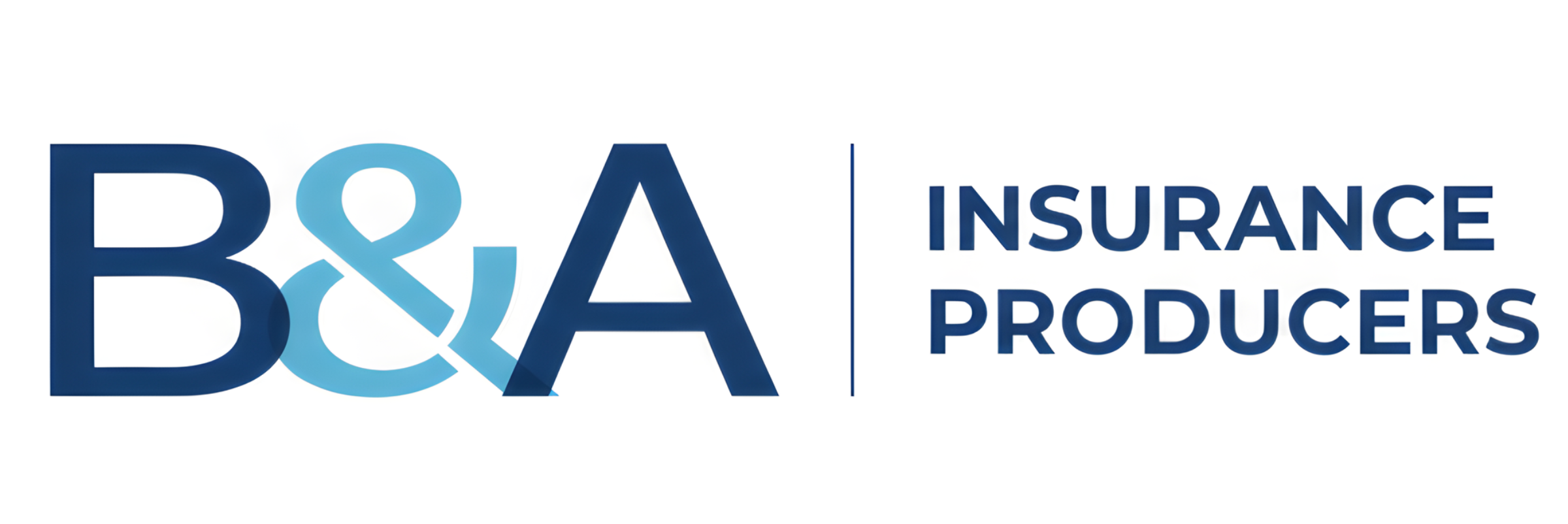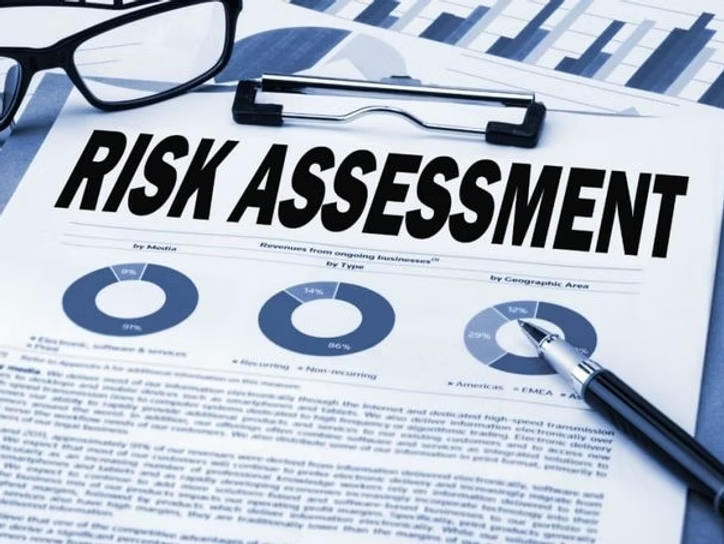Many business owners overlook the value of a thorough risk assessment when shaping their insurance strategy. It’s easy to focus on premiums and deductibles, but without evaluating the specific risks that threaten your operations, your coverage might fall short when it matters most.
Risk assessment is more than a checklist. It’s a mindset, a proactive approach to identifying vulnerabilities, preventing costly disruptions, and making informed decisions about the coverage your business truly needs. Whether you run a retail shop, manufacturing plant, tech startup, or service company, tailoring your insurance strategy to your unique risk profile can save money, protect your assets, and boost long-term resilience.
What Risk Assessment Means for Your Business
Risk assessment involves identifying, analyzing, and prioritizing potential threats that could impact your business’s operations, finances, reputation, or legal standing. These risks can be tangible, like equipment failure or theft, or intangible, such as cyberattacks or supply chain interruptions.
Every business faces its own blend of risks depending on its size, industry, services, and workforce. For example, a construction company faces different risks than a digital marketing agency. Understanding your specific exposures helps you plan for them and determine which insurance coverages are essential versus optional.
Risk assessments should happen regularly, not just at your business’s inception. Growth, new services, expanding teams, and evolving regulations can all introduce new vulnerabilities. A review each year or after a major change helps keep your protection relevant.
Risk Assessment and Insurance: A Strategic Partnership
A smart insurance strategy doesn’t rely on guesswork. By combining policy planning with risk analysis, you ensure your coverage matches your business’s actual needs.
For example, if a risk assessment shows frequent foot traffic in your office or store, it’s worth reviewing your liability insurance to ensure you’re covered in case someone is injured. If your team handles sensitive customer data, cyber liability insurance might become a top priority.
With this approach, you’ll avoid paying for insurance you don’t need while reinforcing the areas where you’re truly vulnerable. It also makes it easier to talk with insurance agents about what’s necessary, what’s negotiable, and what might need adjusting in the future.
Some insurers even offer discounts or preferred rates to businesses that actively manage and reduce risk. This means the very act of assessing your risks can lead to lower premiums and better financial protection.
Lowering Insurance Costs Through Proactive Risk Management
One major advantage of conducting a risk assessment is its impact on insurance premiums. When you address and mitigate risks for example, installing security systems, improving employee training, or updating safety procedures insurance companies may reward you with lower rates.
Many carriers view proactive business owners as lower risk, which gives you leverage when shopping for policies or renewing coverage. Additionally, fewer claims mean fewer premium hikes in the future.
Beyond insurance savings, proactive risk management can improve your overall efficiency. Identifying recurring losses, inefficiencies, or compliance gaps gives you the opportunity to make internal improvements that can benefit your business operationally and financially.
Safeguarding Assets and Minimizing Disruptions
Risk assessments don’t just help you prevent loss, they help you prepare for it. When a disruption occurs, businesses with strong risk awareness and planning respond faster, minimize downtime, and recover with less stress.
Let’s say you run a restaurant. A proper risk assessment might reveal the need for equipment breakdown coverage, food spoilage protection, or coverage for business interruption due to supplier delays. These small additions can make a major difference if your business faces unexpected hurdles.
Even beyond insurance, knowing your risk landscape allows you to develop contingency plans, emergency procedures, and communication protocols that keep your team, customers, and finances safe when challenges arise.
Adapting Insurance Coverage to Identified Risks
Risk assessments often uncover gaps between your actual exposures and what your current policies cover. Maybe your general liability coverage doesn’t account for new services you’ve added. Maybe you’ve grown, and your property limits no longer reflect your equipment value.
Matching insurance to evolving business risks means updating policies, adjusting limits, or adding new endorsements. This might include business interruption coverage, professional liability insurance, employment practices liability, or specialized riders based on your operations.
Review your insurance policies after each risk assessment. Work with a licensed agent to ensure you’re not just meeting minimum requirements but securing real protection where it counts.
Real Business Examples
Risk assessment has delivered measurable results for countless businesses. A small warehouse discovered outdated fire safety measures during a walkthrough. After upgrades and fire training, they qualified for a significant discount on their property insurance and reduced their downtime risk.
A marketing firm working remotely added cybersecurity protections after realizing they were vulnerable to phishing attacks. Their insurer offered improved coverage at a lower cost because of their enhanced controls.
In another case, a home service company updated their commercial auto insurance after identifying driving behaviors and vehicle wear patterns that posed risks. Fleet monitoring technology helped reduce accidents and brought premium costs down.
These businesses didn’t just avoid losses, they improved operations and saved money in the process.
Technology’s Role in Modern Risk Assessment
Today’s businesses can harness technology to make risk assessments faster and more accurate. Risk management software, IoT sensors, AI tools, and digital audits help analyze patterns and pinpoint threats.
For example, predictive analytics can forecast equipment failures, while cyber risk scoring can flag weak points in your digital infrastructure. Many insurers are now encouraging tech-enabled risk assessments to improve underwriting and offer dynamic pricing.
By incorporating these tools into your process, you gain a competitive edge and position your business as forward-thinking and resilient.
Final Thoughts
Incorporating risk assessment into your insurance strategy isn’t just smart, it’s essential. It allows you to tailor coverage based on real needs, lower your premium costs, and safeguard your business against disruption.
Beyond protecting your bottom line, this approach shows clients, investors, and employees that your company is prepared, professional, and built for longevity.
Take the first step by conducting a basic risk assessment today. Then, partner with an experienced insurance advisor to turn those insights into protection that grows with your business.
FAQ: Risk Assessment and Insurance Strategy
What is a risk assessment in business insurance?
A risk assessment is a process where you identify potential hazards and evaluate how they might impact your operations, finances, or reputation. The goal is to better align your insurance coverage with actual risks, avoiding unnecessary coverage and closing potential gaps.
How often should a business conduct a risk assessment?
At least once per year or any time a major change occurs, such as growth, a shift in services, a change in location, or evolving regulations. Regular reviews help ensure your policies remain relevant and cost-effective.
Can risk assessments help lower insurance premiums?
Yes. Many insurers offer reduced premiums to businesses that demonstrate proactive risk management, such as implementing safety protocols, cybersecurity measures, or staff training programs.
How do I know if my current coverage matches my risks?
Compare your risk assessment results with your insurance policies. If you’ve identified risks that aren’t covered or areas where you’re overinsured it’s time to speak with an insurance professional to make adjustments.
Do small businesses really need formal risk assessments?
Absolutely. Even the smallest businesses face operational, legal, and financial risks. A simple walkthrough or checklist can reveal important areas of exposure and lead to smarter, more tailored insurance decisions.

